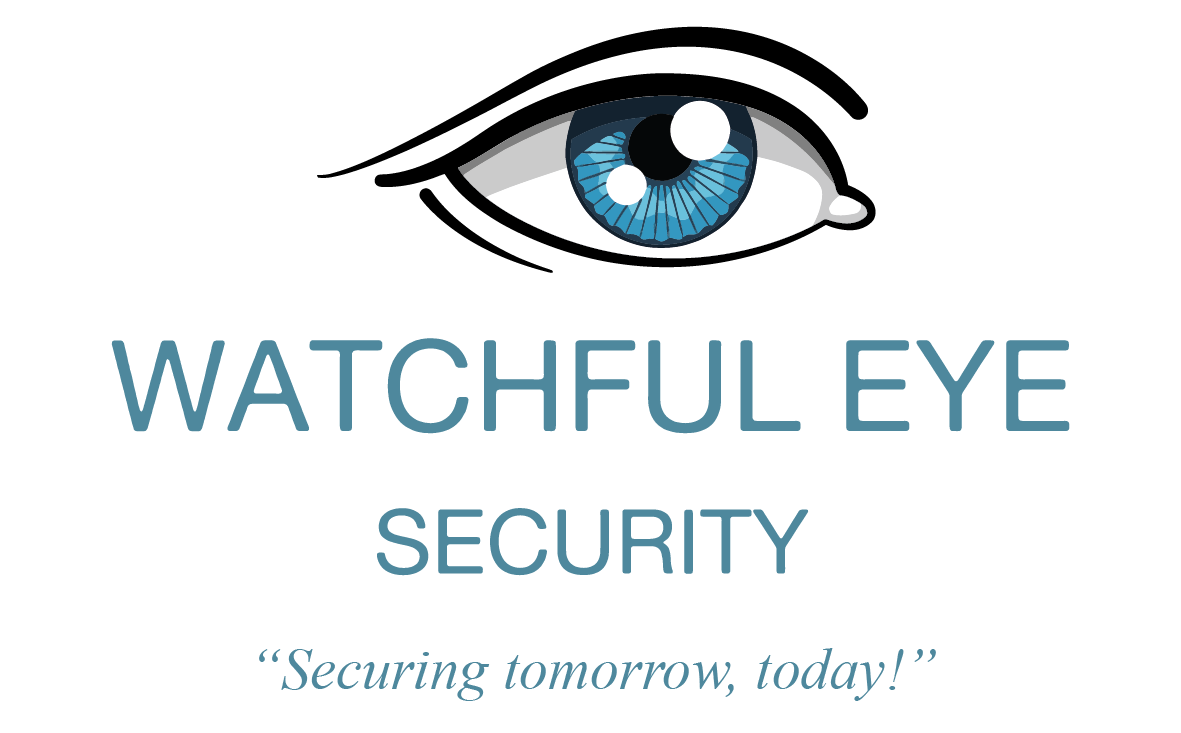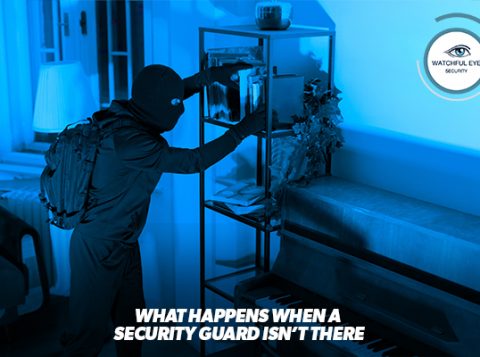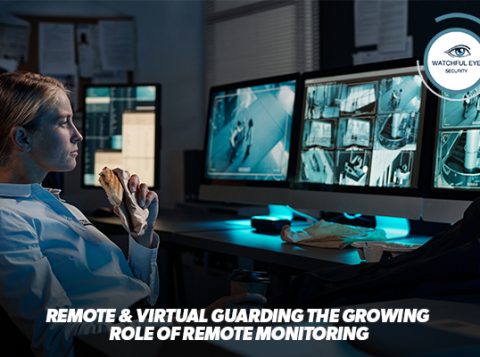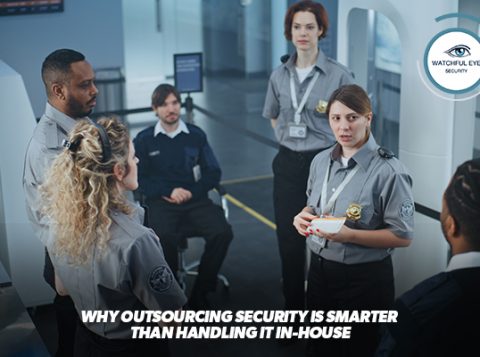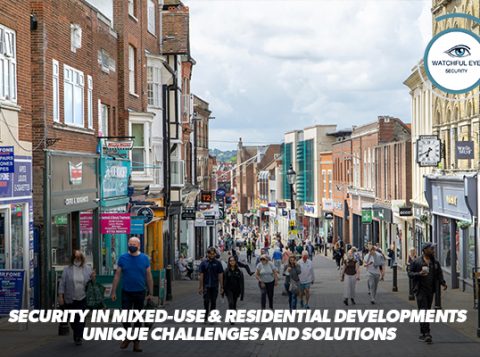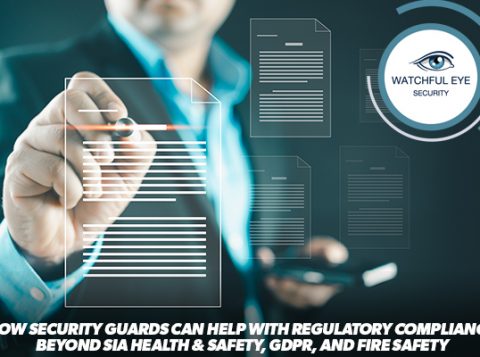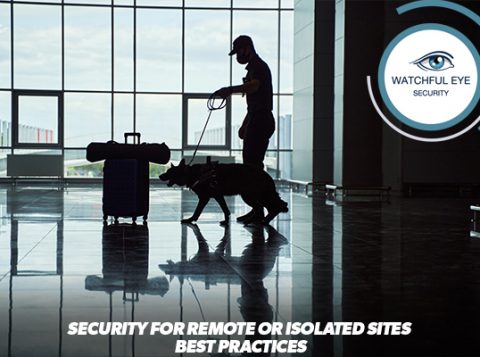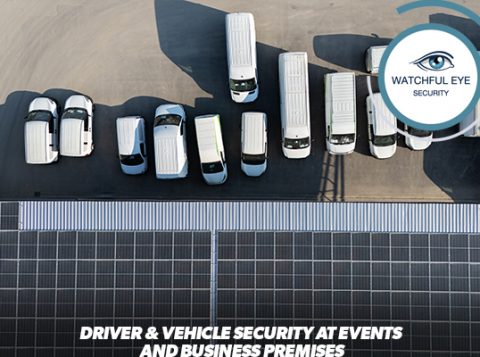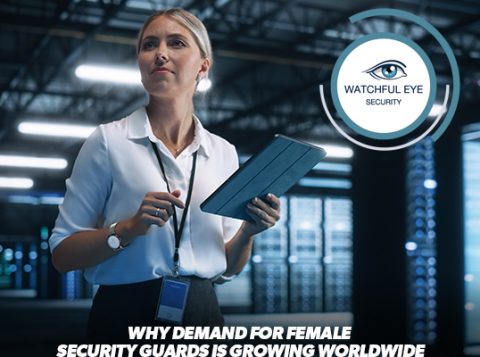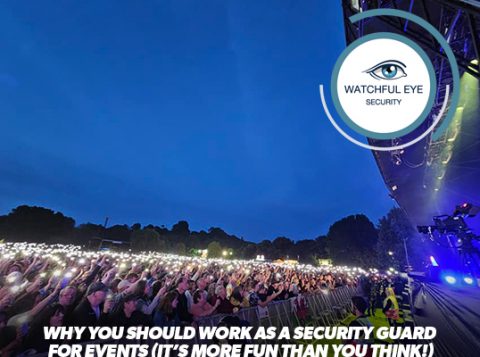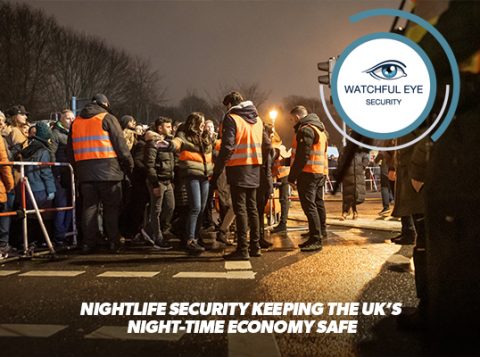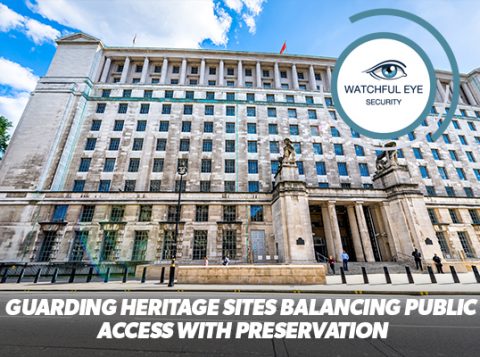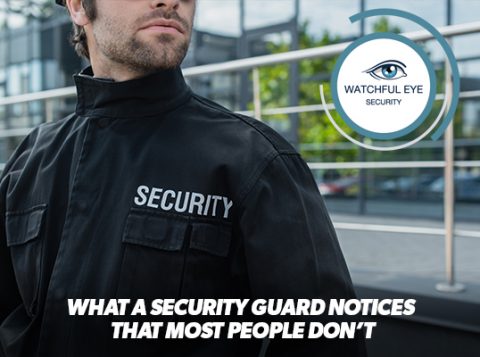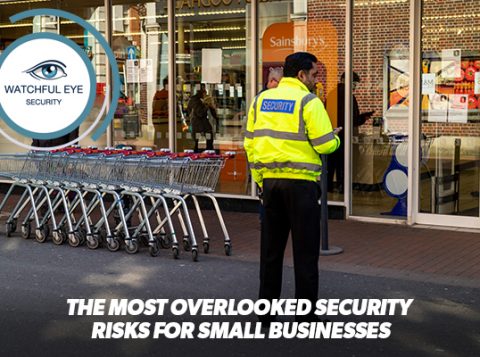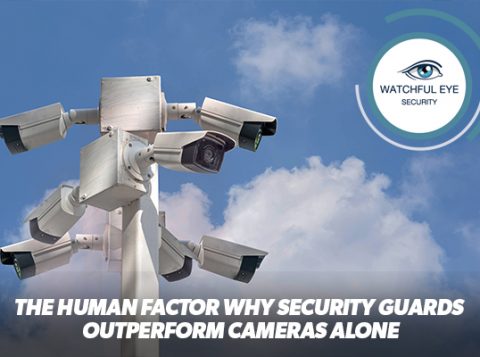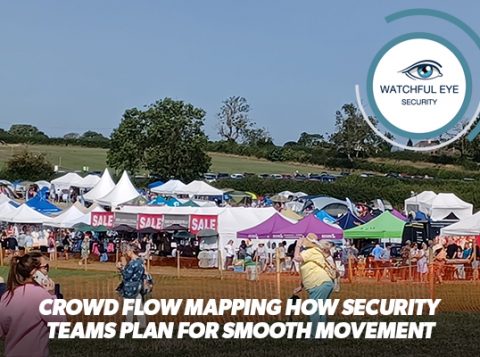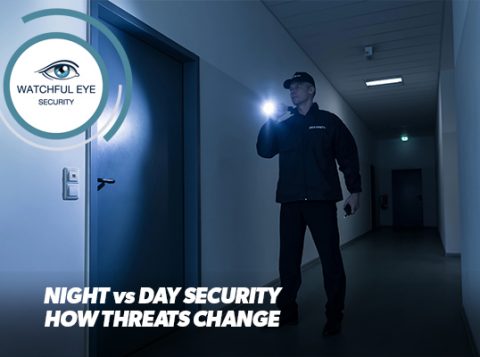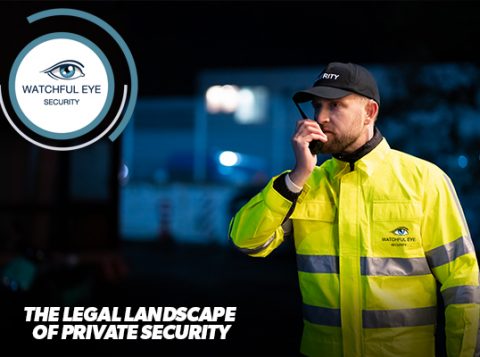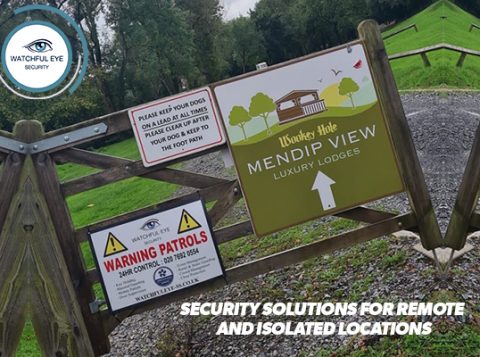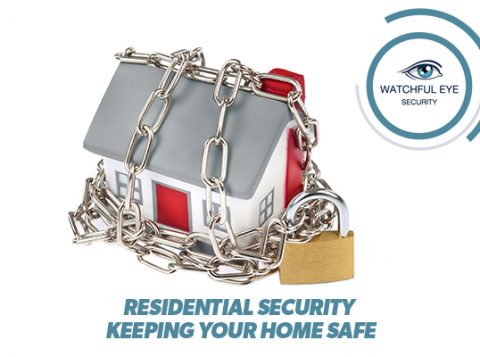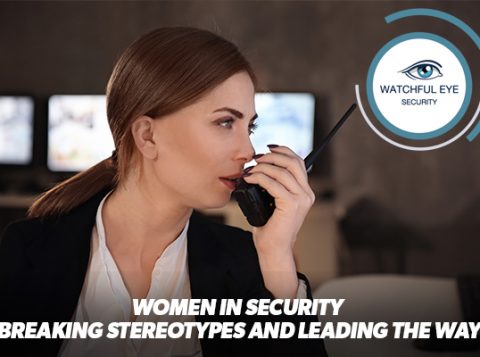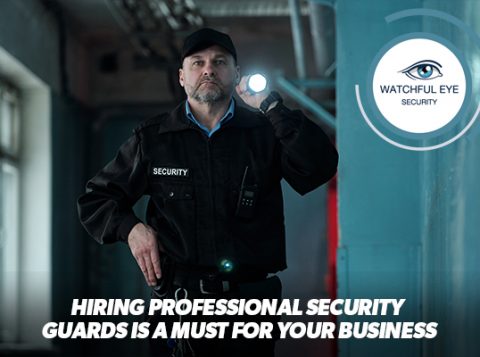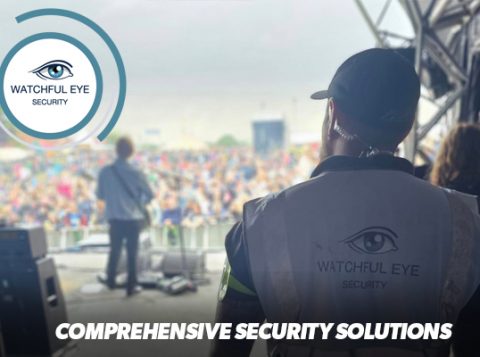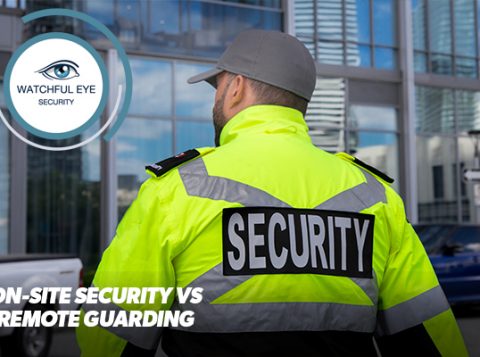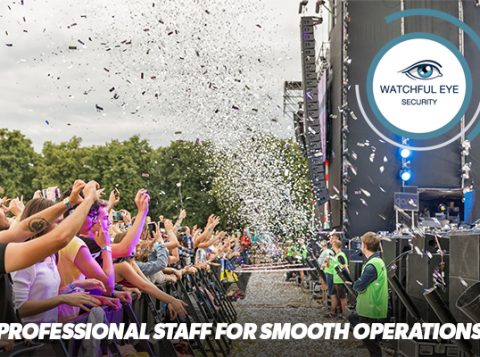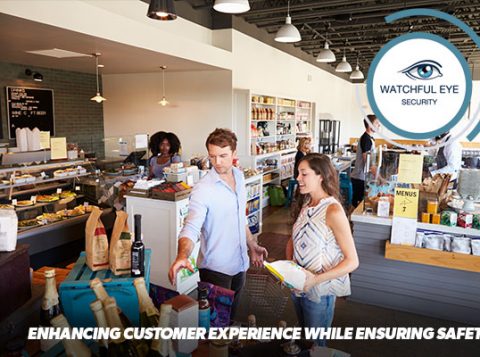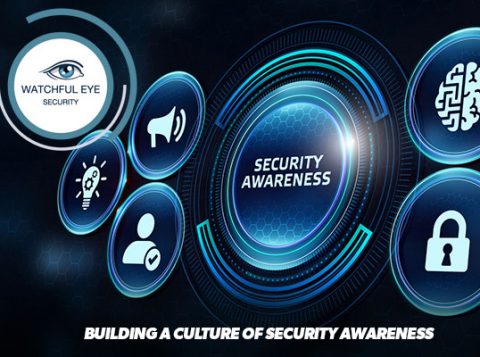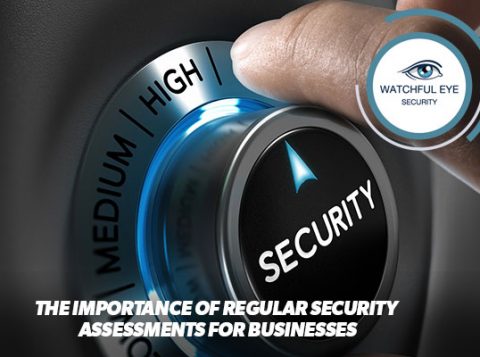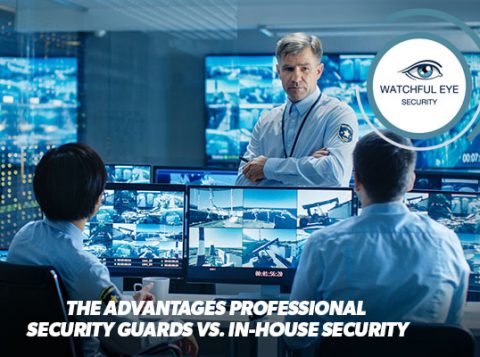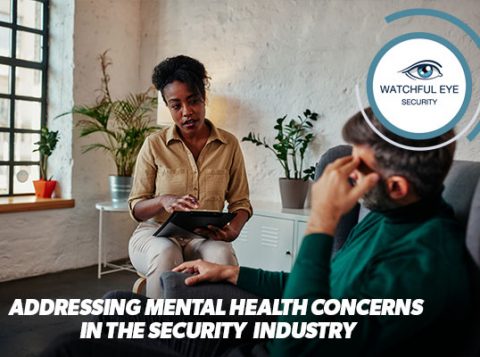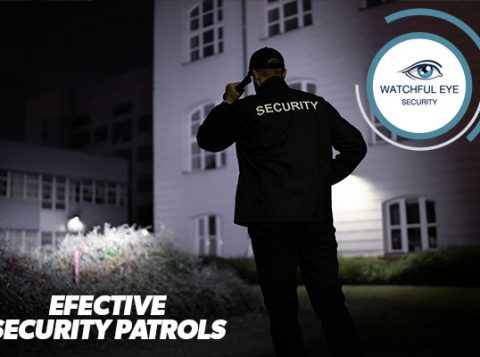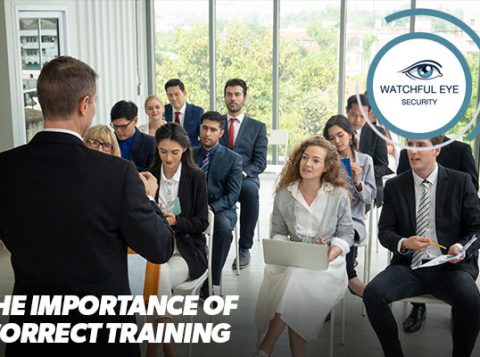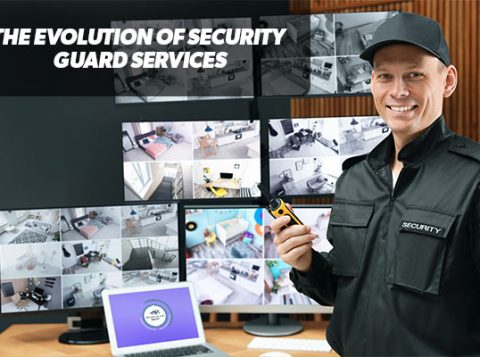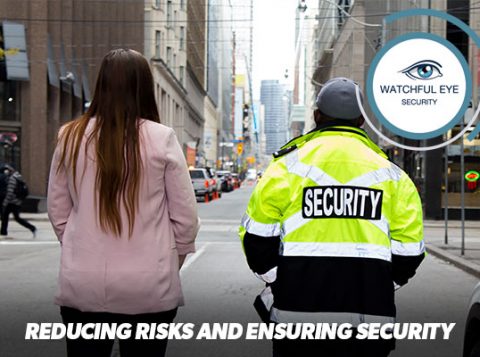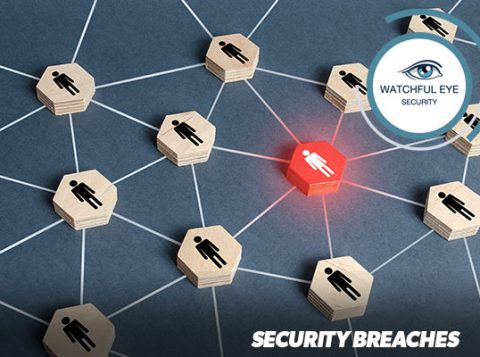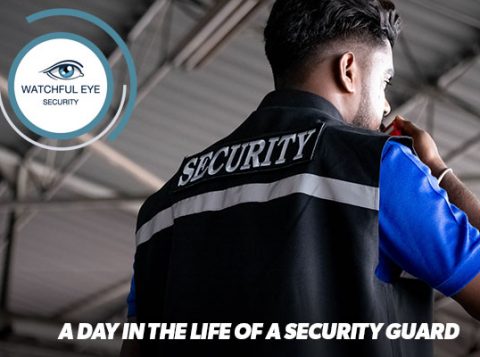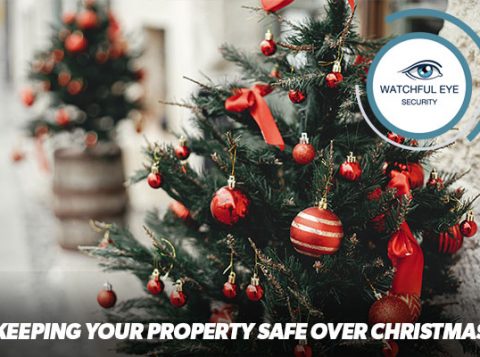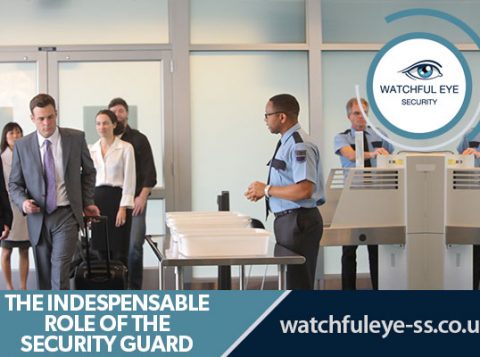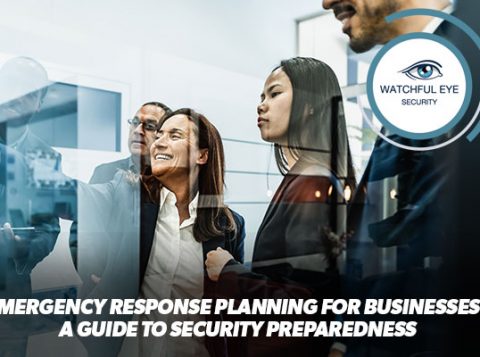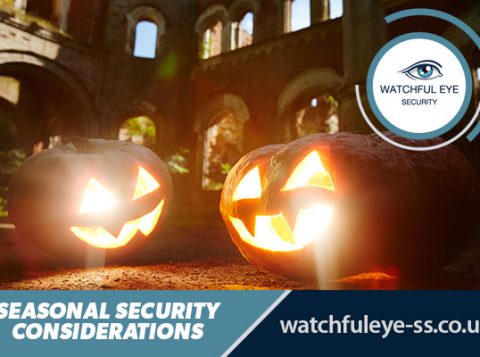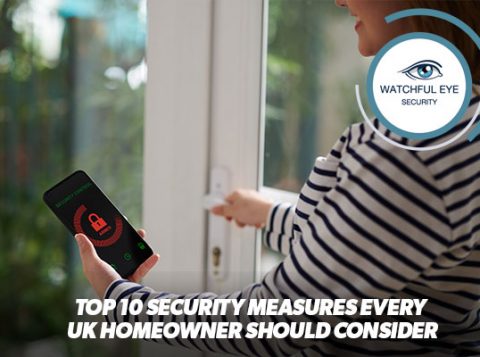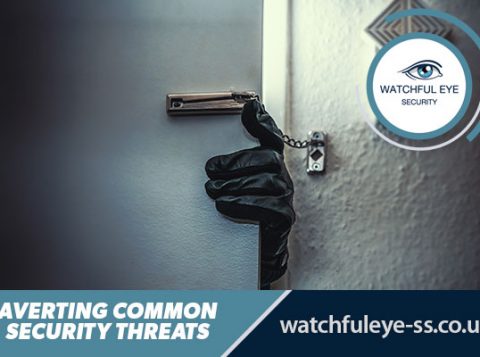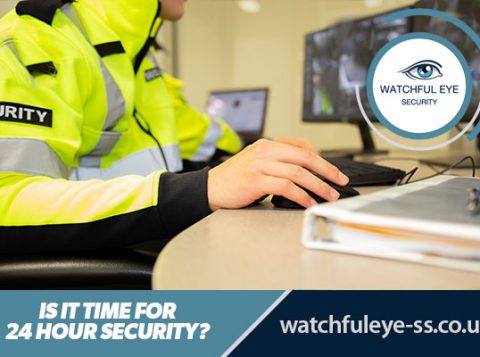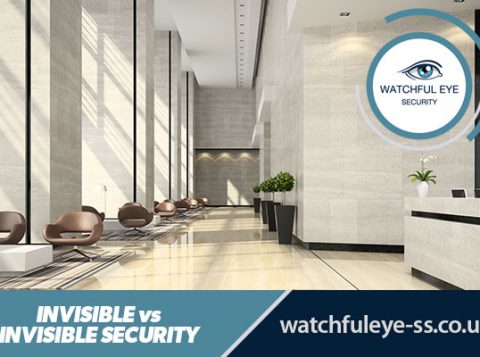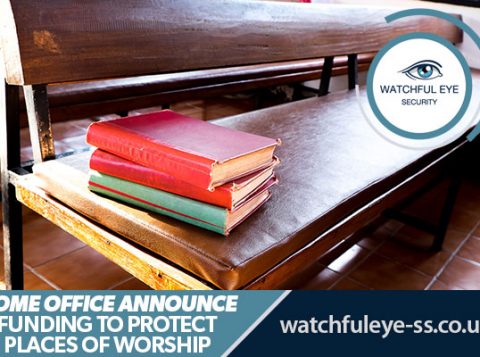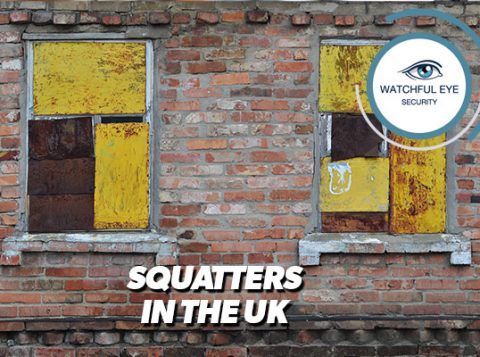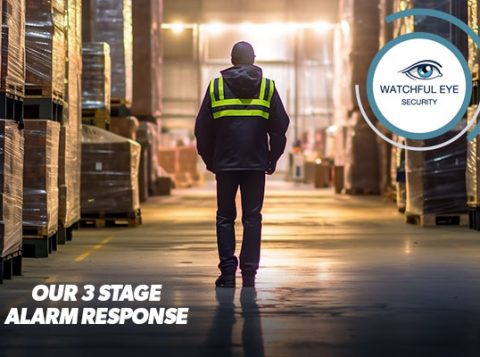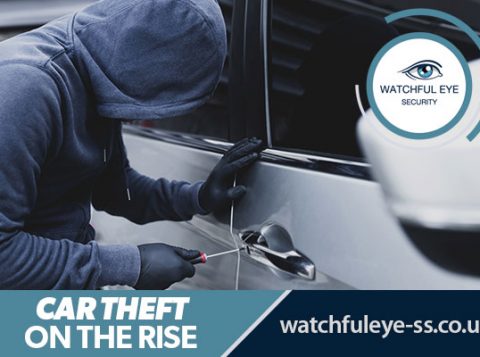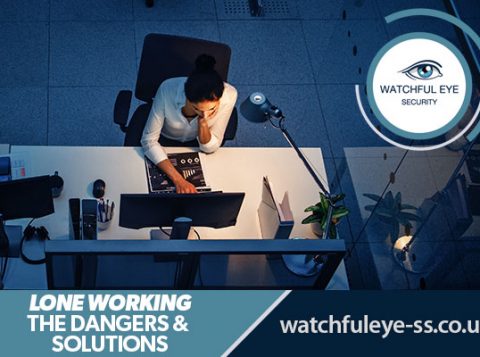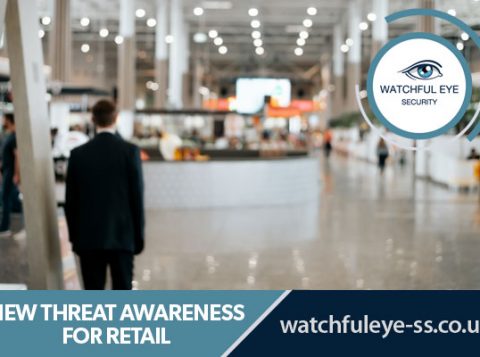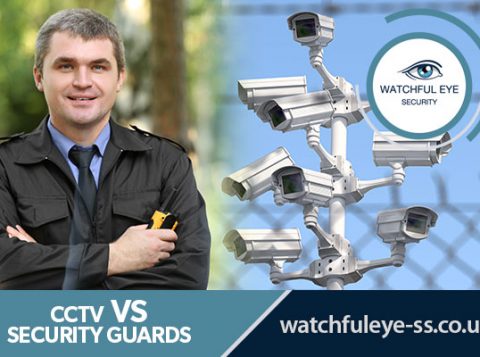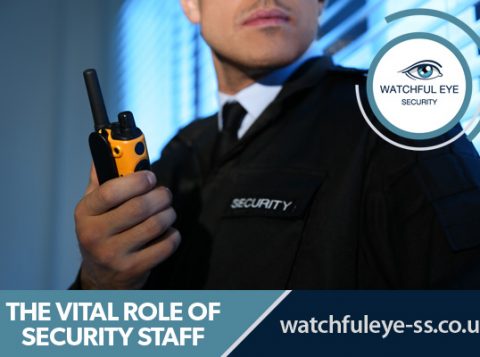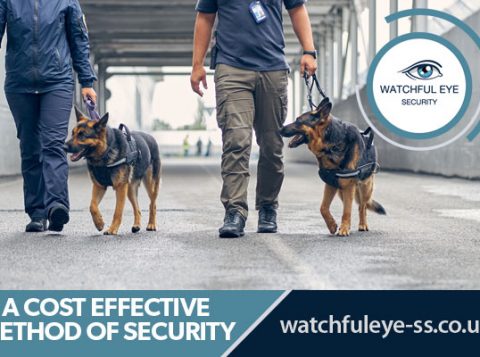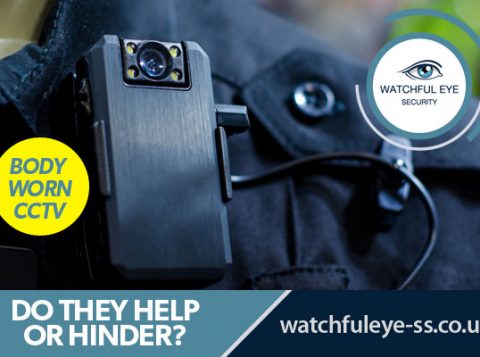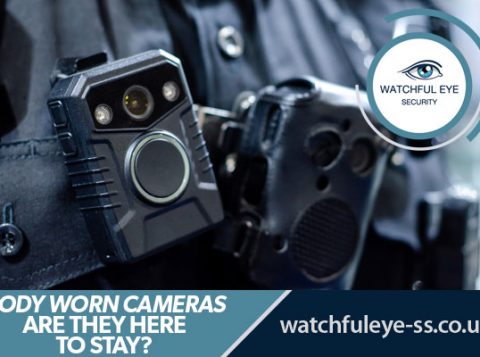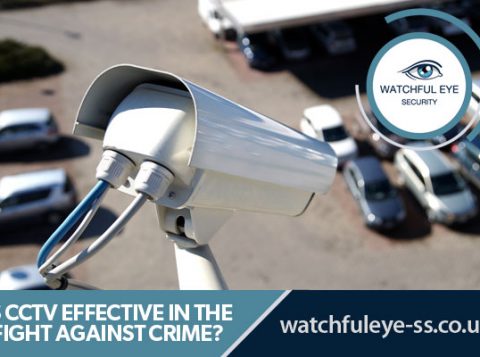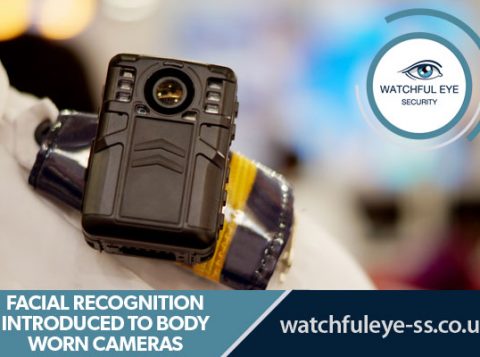
Security for Pop-Up Events and Short-Term Installations
Pop-up events and short-term installations have become increasingly popular across the UK, offering brands and organisers a flexible, creative way to engage with the public. From temporary retail experiences to seasonal attractions and outdoor art installations, these events often attract large crowds in a short time. However, their temporary nature introduces a unique set of security challenges that require careful planning and professional oversight.
Unlike permanent venues, pop-up sites are frequently set up in unconventional spaces, such as vacant shops, outdoor public areas, warehouses, or car parks. This means the location may lack the built-in security infrastructure that traditional venues rely on. Security teams must assess the site from scratch, identifying vulnerabilities and designing an approach that is both practical and adaptable. A thorough risk assessment is essential, considering factors such as crowd flow, access points, visibility, and environmental conditions.
Crowd management is often one of the biggest concerns for pop-up events. Because these installations may be novel or highly publicised, they can attract more visitors than anticipated. Without proper crowd control, queues can form unexpectedly, creating congestion and safety hazards. Trained security personnel help manage visitor flow, communicate with attendees, and maintain a calm atmosphere. Their presence alone reassures the public and helps prevent disorderly behaviour.
Another important factor is asset protection. Many pop-up events involve valuable equipment, branded materials, or technology that is temporarily installed and therefore more vulnerable to theft or damage. Security guards play a vital role in monitoring these assets, especially overnight when the site may not be staffed. Surveillance cameras and alarms can provide an additional layer of protection, but nothing matches the deterrent effect and rapid response capability of a trained on-site guard.
Health and safety compliance is also a key responsibility. Temporary sites can introduce unfamiliar hazards, such as uneven ground, makeshift infrastructure, or trip risks. Security teams help ensure that visitors and staff remain safe by monitoring behaviour, identifying issues early, and coordinating with event managers to resolve problems quickly. In emergency situations, such as medical incidents or evacuation scenarios, trained security professionals are prepared to respond immediately.
Another challenge is the unpredictability of the environment. Pop-up events frequently take place outdoors or in bustling urban areas, making them more susceptible to weather changes, anti-social behaviour, or unplanned disruptions. Security teams must remain vigilant and adaptable, ready to manage unexpected situations with professionalism and calmness. Their situational awareness helps prevent minor problems from escalating into major incidents.
Finally, good communication underpins the entire security plan. Security personnel maintain constant contact with event organisers, local authorities, and venue staff. This coordination ensures that everyone understands their roles and responsibilities, making it easier to respond effectively if an incident occurs. Clear communication also helps maintain a positive relationship with the surrounding community, particularly when the event takes place in a residential area.
In conclusion, security for pop-up events and short-term installations is essential for protecting people, assets, and the event’s reputation. With their temporary nature and unique operational challenges, these events benefit greatly from professional security planning and on-site presence. By engaging trained personnel and proactively addressing risks, organisers can ensure that their event is memorable for all the right reasons. If you are planning a pop-up or short-term activation, investing in proper security will help your event run smoothly, safely, and successfully.
